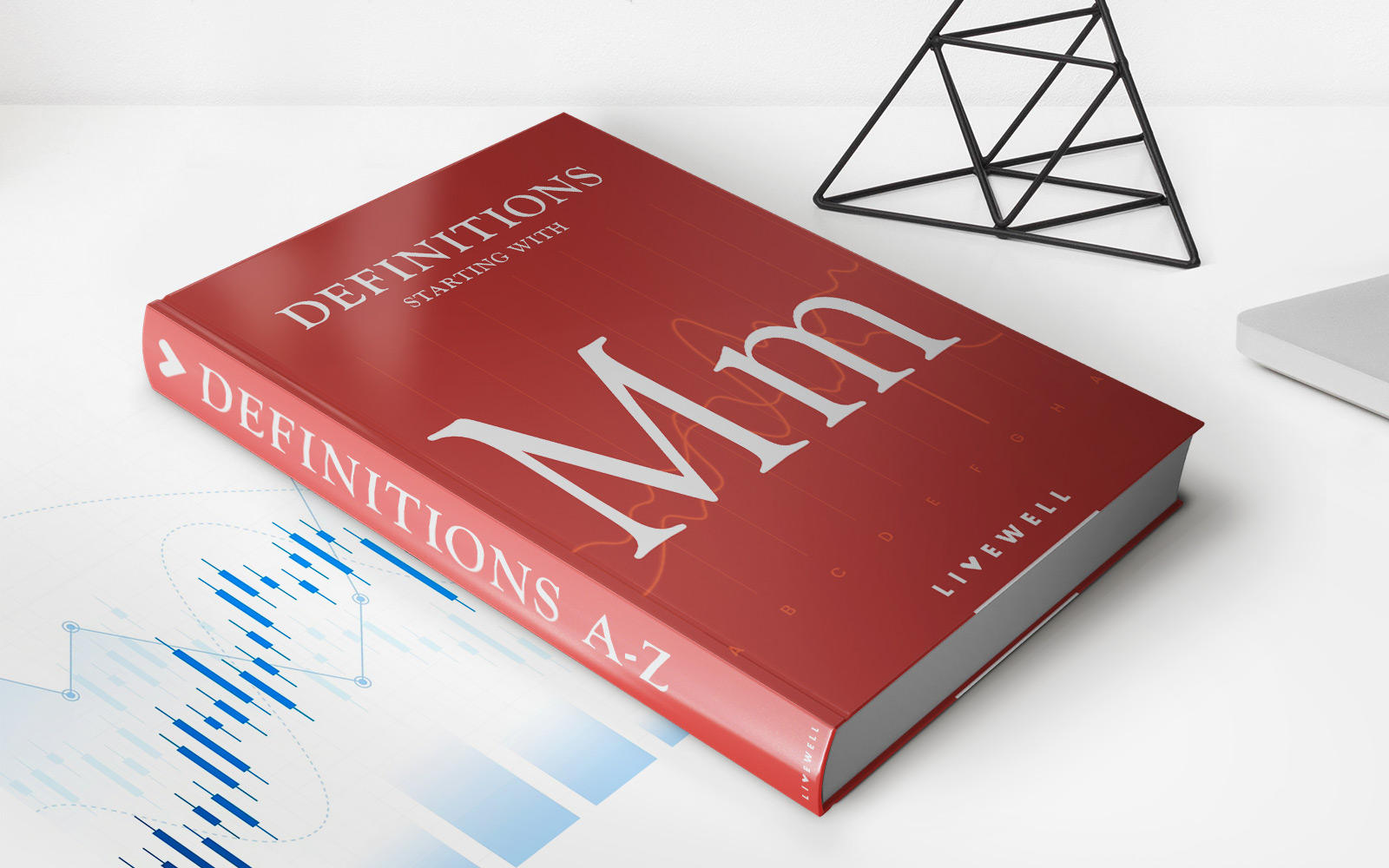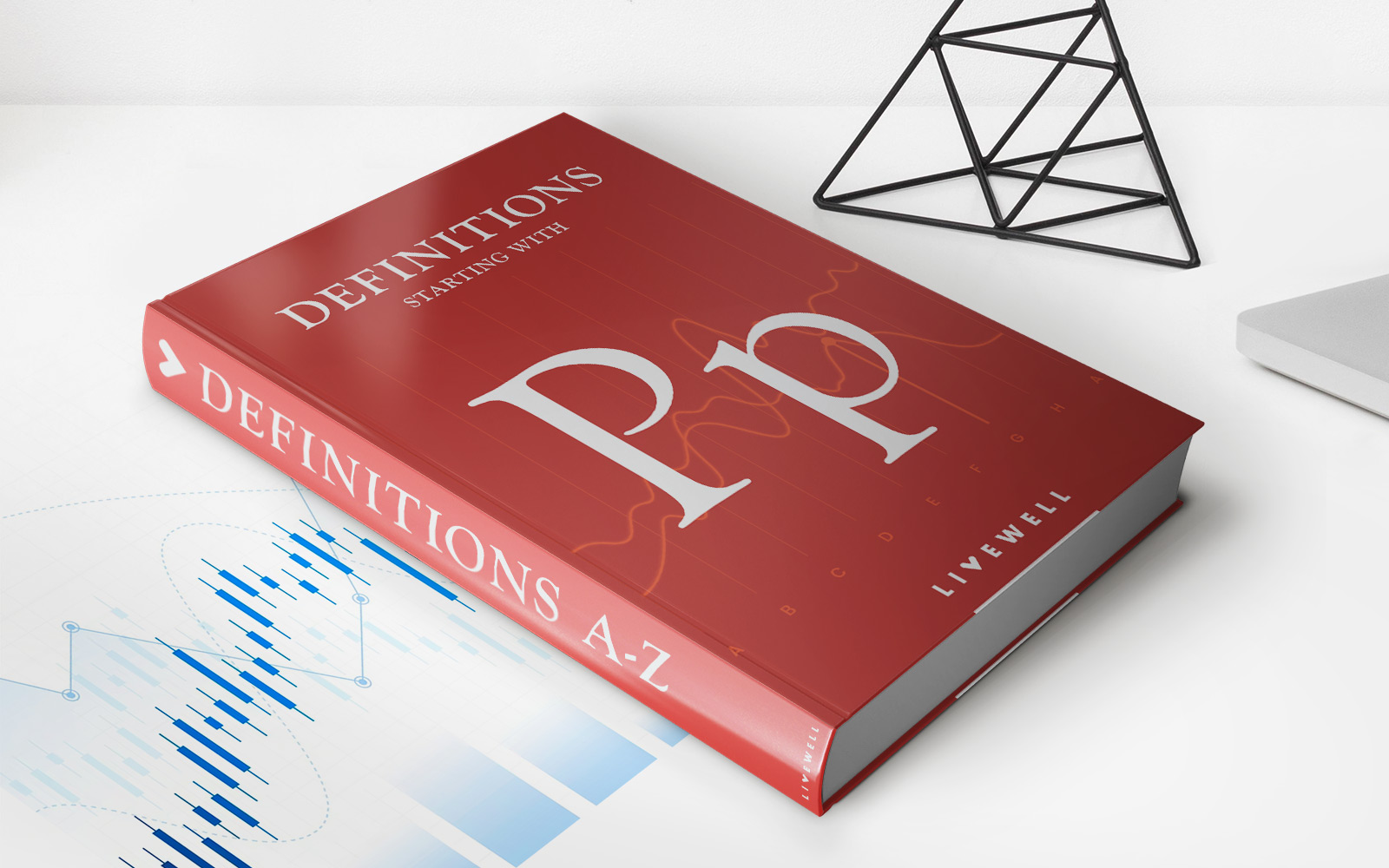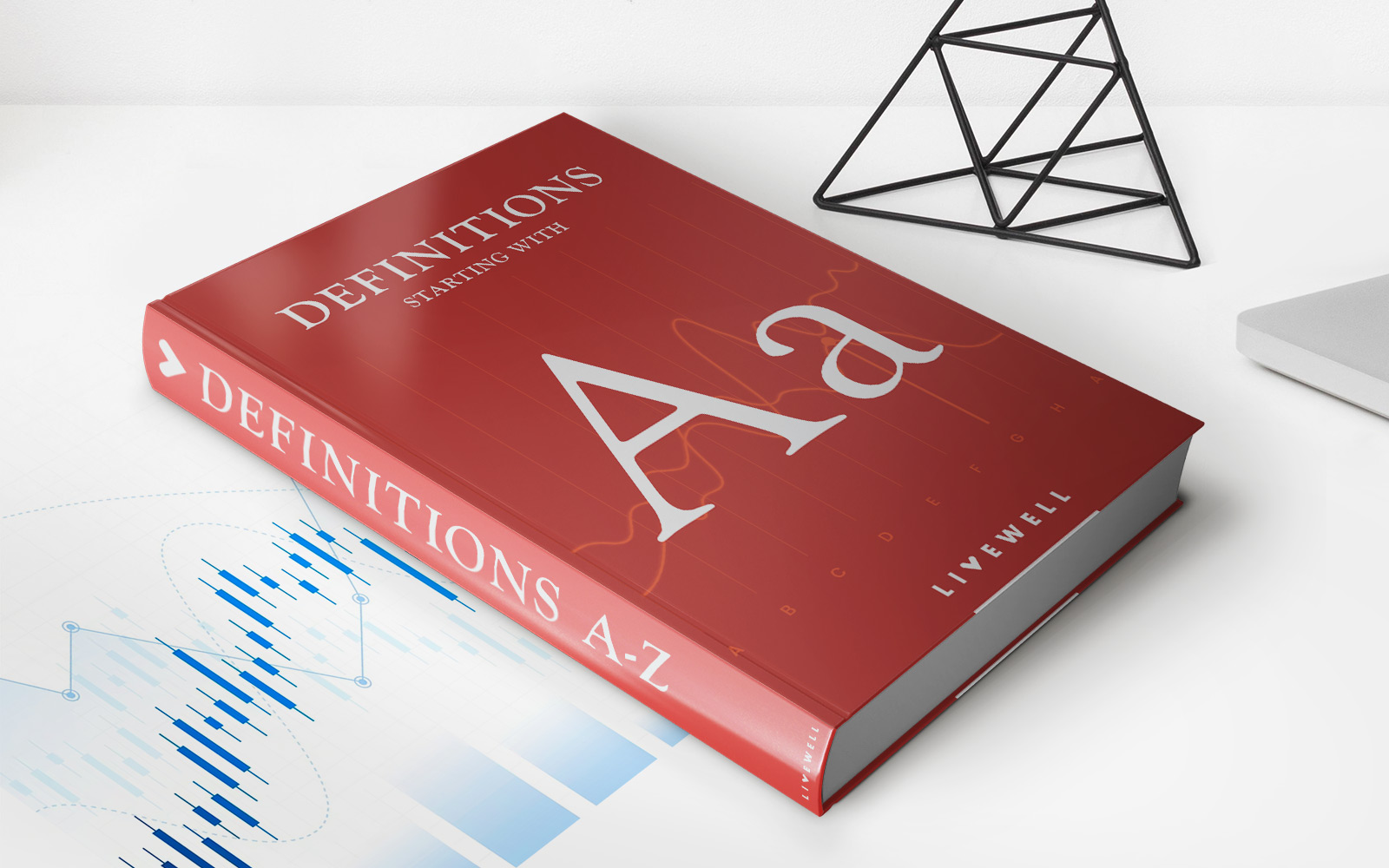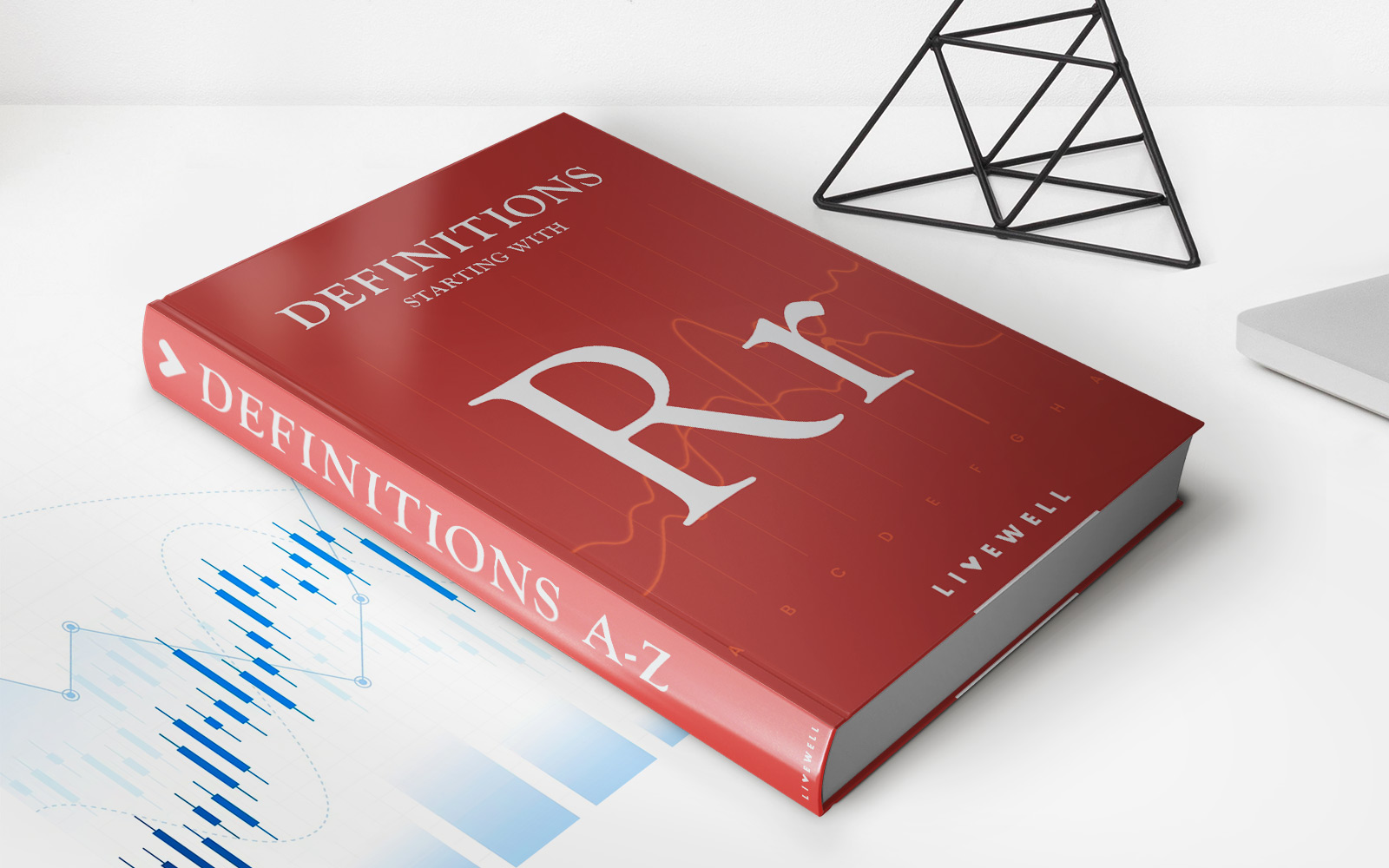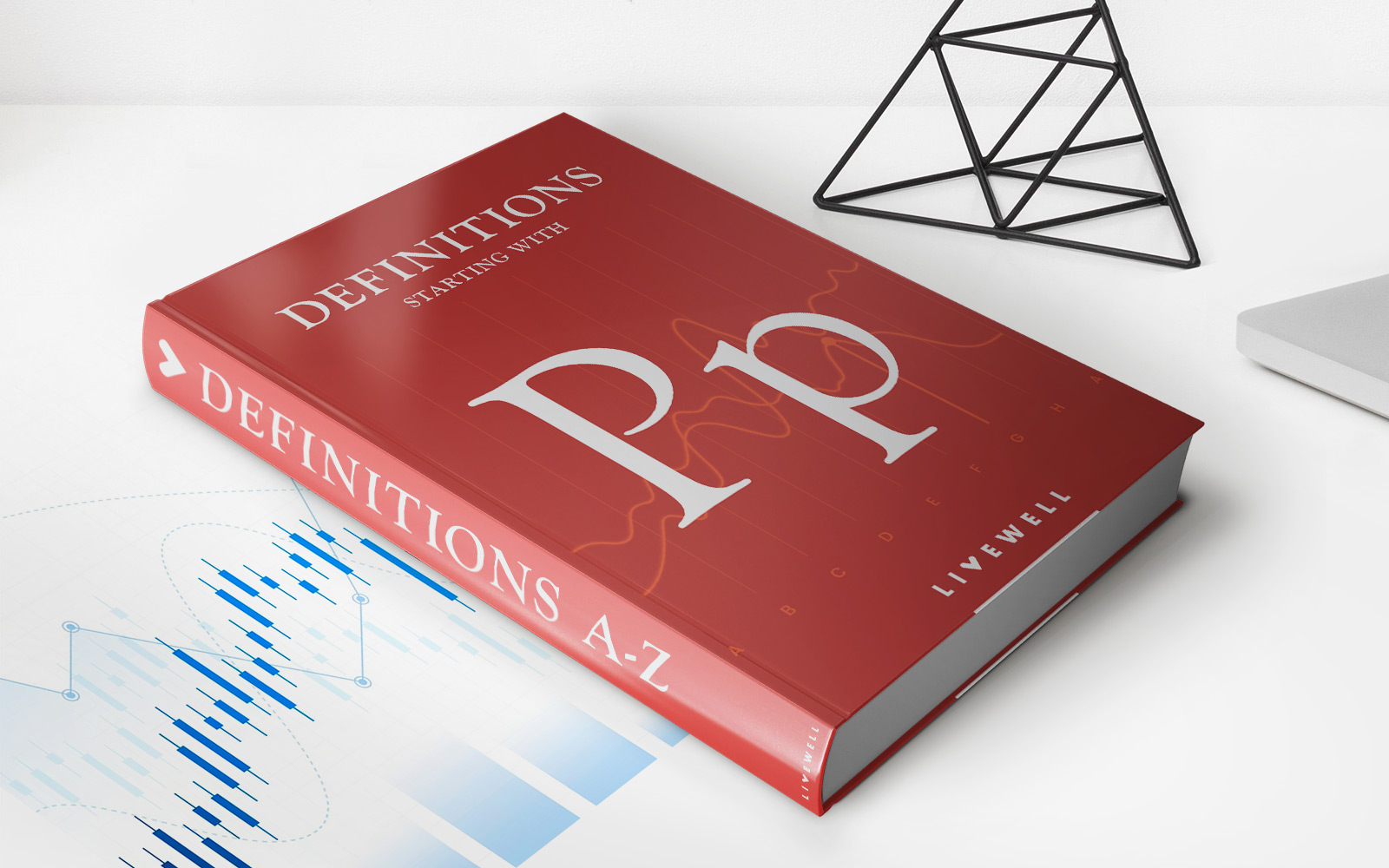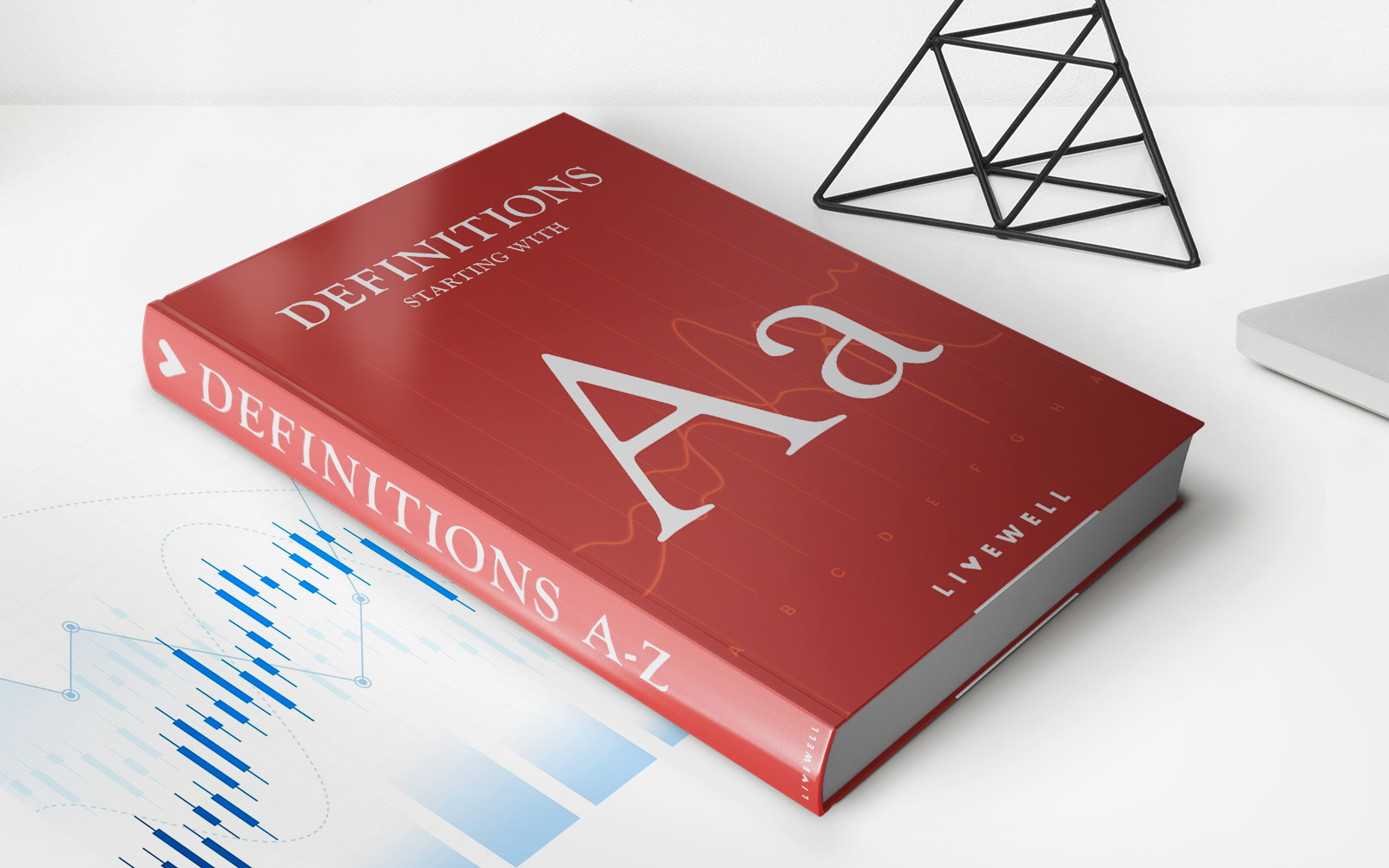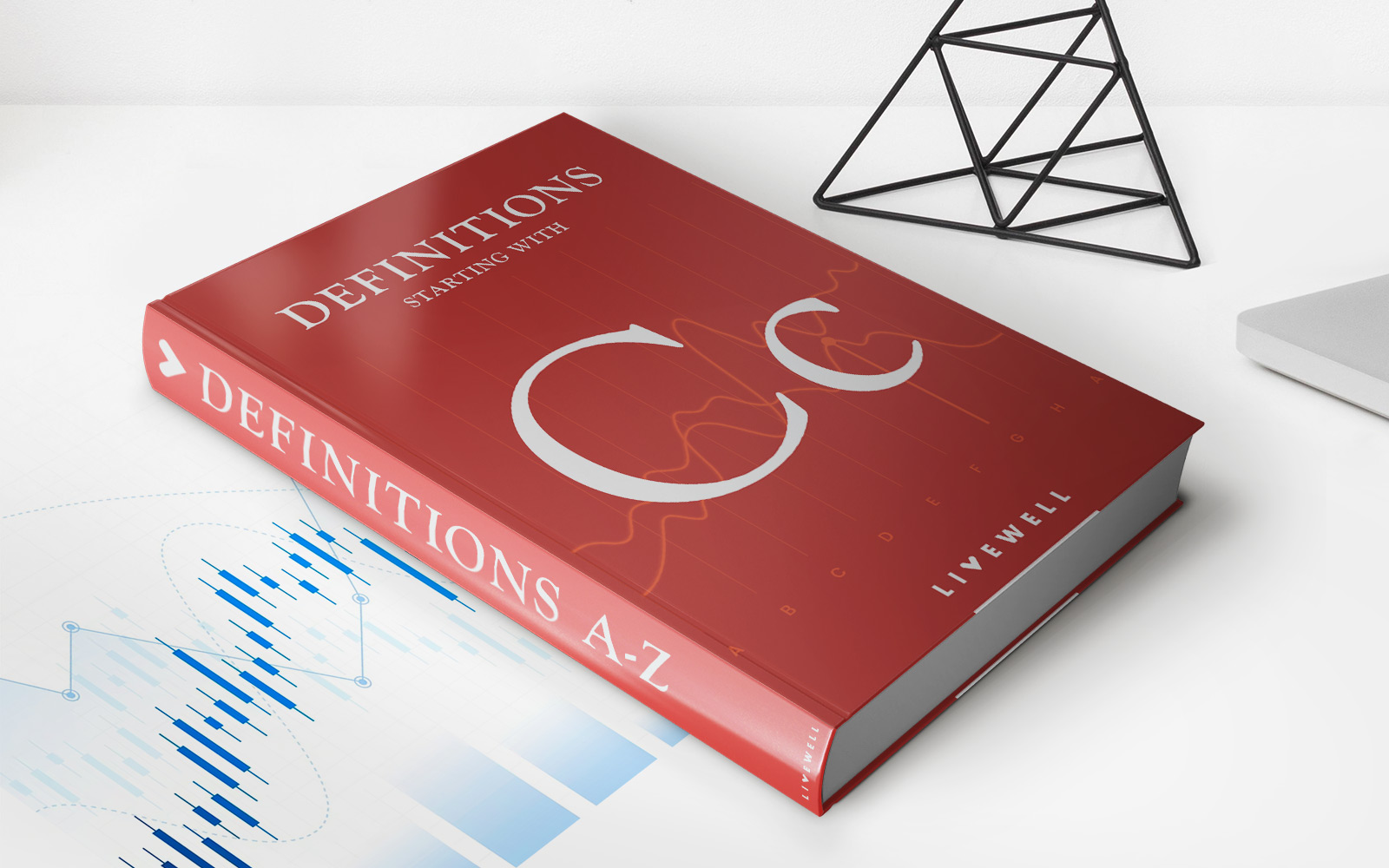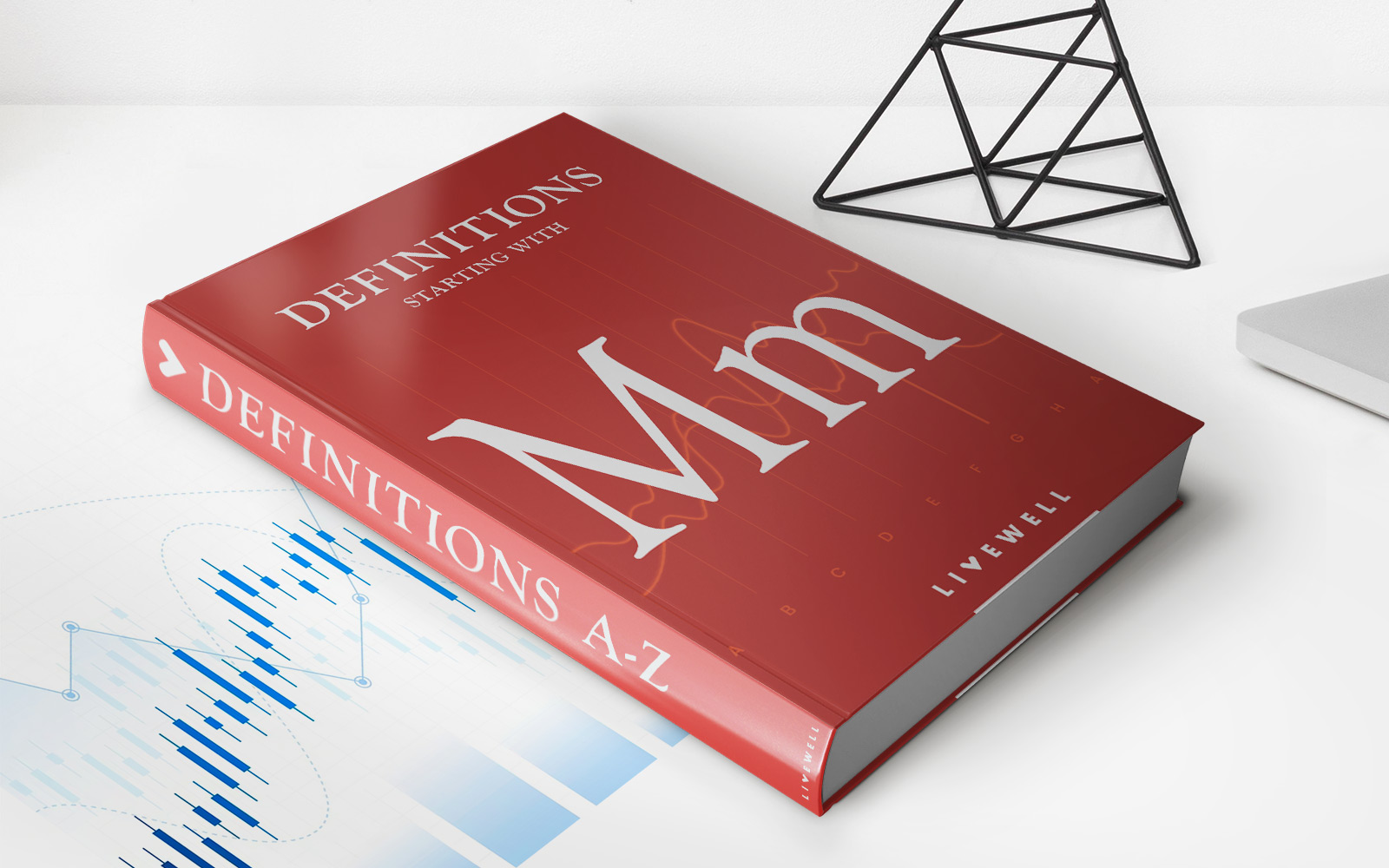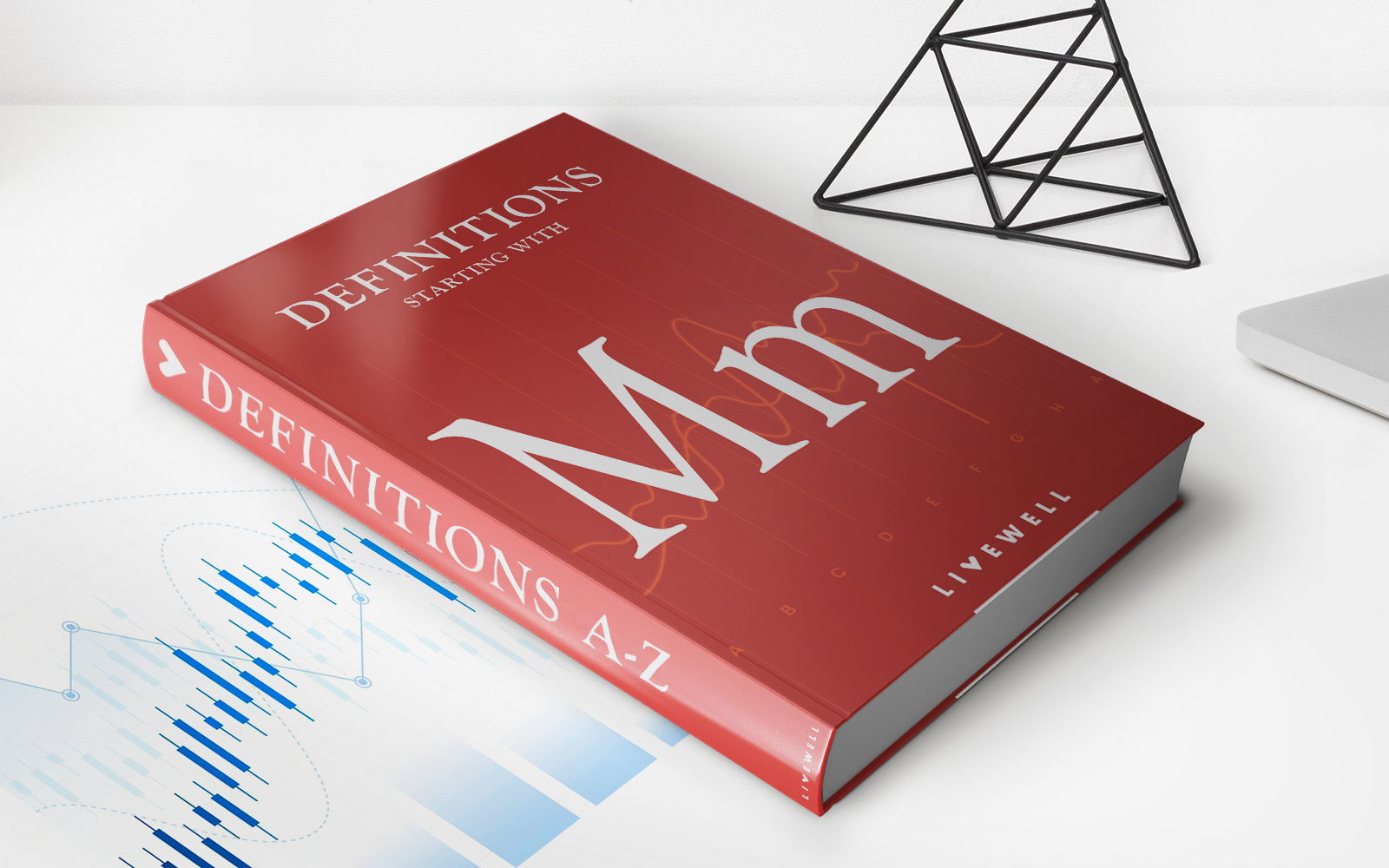

Finance
Member Payment Dependent Note Definition
Published: December 24, 2023
Discover the meaning of a Member Payment Dependent Note in the world of finance. Understand how these notes work and their importance in investment strategies.
(Many of the links in this article redirect to a specific reviewed product. Your purchase of these products through affiliate links helps to generate commission for LiveWell, at no extra cost. Learn more)
Member Payment Dependent Note Definition: Understanding the Basics
In the realm of finance, there are various instruments used to raise capital and fund projects. One such instrument is the Member Payment Dependent Note (MPDN). But what exactly is an MPDN, and how does it work? In this blog post, we will delve into the definition and mechanics of an MPDN, providing you with a comprehensive understanding of this financial instrument.
Key Takeaways:
- Member Payment Dependent Notes (MPDNs) are financial instruments used to raise capital.
- MPDNs are often issued by companies looking to finance their operations or projects.
1. What is a Member Payment Dependent Note?
Let’s start with the definition. A Member Payment Dependent Note, commonly referred to as an MPDN, is a debt instrument issued by an entity to its members or investors to raise funds for various purposes. Typically, these notes are issued by companies, partnerships, or organizations looking for financial support to finance their operations, expansion, or specific projects.
MPDNs can take different forms, but they commonly represent a promise from the issuer to make payments to the holders of the notes based on specific criteria. These criteria usually revolve around the success, profitability, or revenue generated by the issuer.
2. How do Member Payment Dependent Notes work?
MPDNs operate on a payment-dependent mechanism, meaning the payments made to the noteholders are contingent on certain predetermined conditions. These conditions can vary depending on the terms outlined in the MPDN agreement.
Here’s a breakdown of how the process typically works:
- The issuer determines the terms of the MPDN, including the interest rate, payment schedule, and conditions for payment.
- Investors or members purchase the MPDNs, providing funds to the issuer.
- The issuer uses the funds raised through the MPDN issuance for the intended purposes, such as funding projects or business operations.
- Depending on the agreed-upon conditions, the issuer makes periodic payments to the noteholders. These payments can be based on profits, revenue, or other performance indicators defined in the MPDN agreement.
- Once the specified conditions are satisfied, the noteholders receive their repayments plus any accrued interest.
It’s essential to note that MPDNs involve a level of risk. The success and profitability of the issuer’s operations or projects directly impact the repayment to the noteholders. Therefore, it is crucial for investors or members to carefully assess the financial viability and performance potential of the issuer before investing in an MPDN.
Member Payment Dependent Notes provide companies and organizations with an alternative financing option, allowing them to raise capital while also offering investors an opportunity to fund potentially lucrative projects. Understanding the mechanics and potential risks associated with MPDNs is vital for both issuers and investors.

